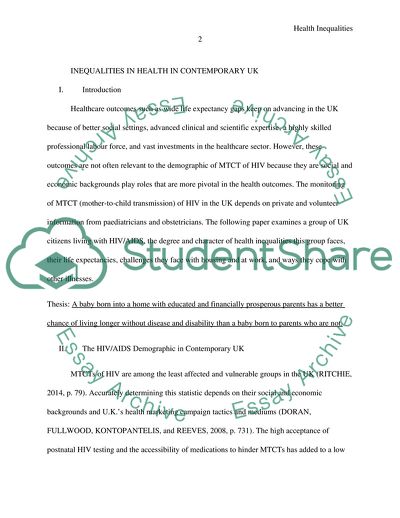Cite this document
(Inequalities in Health in Contemporary UK Coursework, n.d.)
Inequalities in Health in Contemporary UK Coursework. https://studentshare.org/health-sciences-medicine/1878293-inequalities-in-health-in-contemporary-uk
Inequalities in Health in Contemporary UK Coursework. https://studentshare.org/health-sciences-medicine/1878293-inequalities-in-health-in-contemporary-uk
(Inequalities in Health in Contemporary UK Coursework)
Inequalities in Health in Contemporary UK Coursework. https://studentshare.org/health-sciences-medicine/1878293-inequalities-in-health-in-contemporary-uk.
Inequalities in Health in Contemporary UK Coursework. https://studentshare.org/health-sciences-medicine/1878293-inequalities-in-health-in-contemporary-uk.
“Inequalities in Health in Contemporary UK Coursework”. https://studentshare.org/health-sciences-medicine/1878293-inequalities-in-health-in-contemporary-uk.


